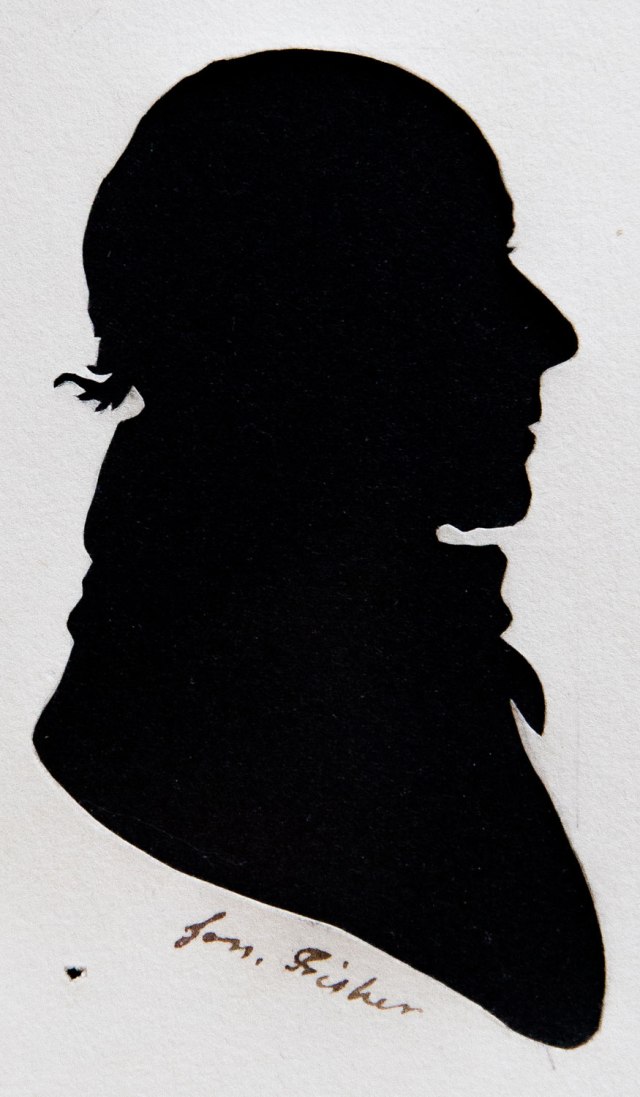
When I sent the first draft of the Jonathan Fisher manuscript to Chris a couple weeks ago, it was an incredible relief. It felt surreal to click “send” on that email after four long years of digging into this man’s life and work. Like every dedicated author, I’ve poured my life into this research and have become so invested in it that everything I do seems to relate back to it. By this point in the project, my wife and children are tiring of the dinner conversations about offset totes, matching dado widths and examining fore plane camber.
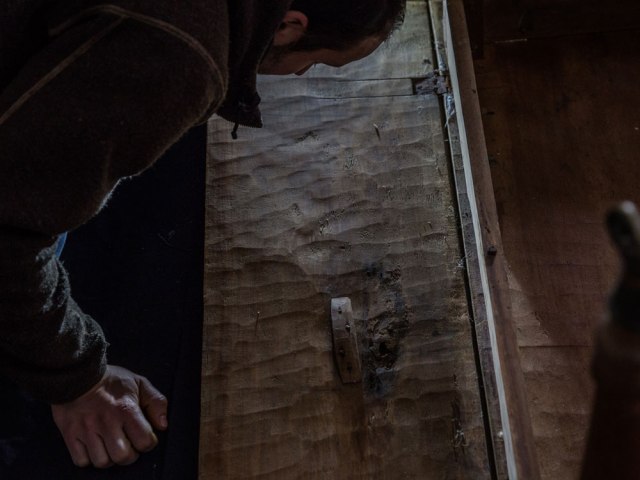
But I can’t shut up about it. Fisher is the ultimate case study of pre-industrial craftsmanship and examining his tools, furniture and journal entries in the context of his house has been nothing short of revolutionary to my shop time. It has opened my eyes to the way these artisans were able to make use of a surprisingly small tool kit to accomplish a large variety of forms. I’ve learned from Fisher how to work efficiently with hand tools and how to prioritize my time and energy at the bench. If you already know my writing, this theme will be familiar. In fact, it was the research for this book that was the seed for Mortise & Tenon Magazine.
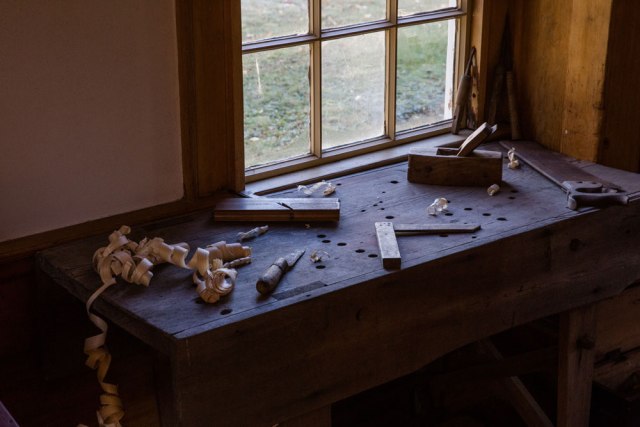
What I’ve tried to do in this book is present the story of how furniture making fit into Fisher’s early 19th-century frontier life. The thing is, we not only have the tools and furniture to study, but we have access to his most candid moments in his letters and journal entries. We get to see what made him tick – something almost never possible for a pre-industrial artisan. So, even though this book is all about Fisher’s tools and furniture, I’ve decided to weave the context of his life into each chapter. Seeing this context deepens and enriches our understanding of his work.
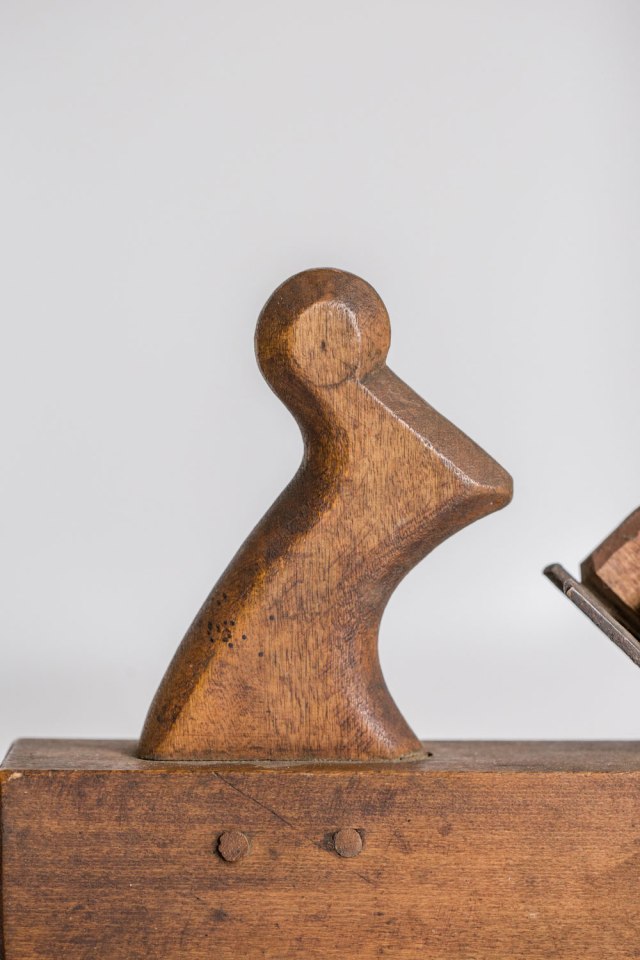
Jonathan Fisher’s life was far from easy. He dealt with migraine headaches, stomach pains, diarrhea and serious injuries from manual labor on a regular basis. Even in the midst of debilitating physical pain, Fisher carried on with the work at hand. On March 17, 1826, his journal reads, “High N.W. scattering clouds, cold. From 9 A.M. ‘till about 5 P.M. exercised with earache, some of the time severely. Tried first camphor on wool, then hot tobacco smoke, then had several drops of West Indian Rum dropped in. This in the first trial gave a little relief; in the second removed the severity of the pain. At intervals through the day planed out stuff for a common ruler, a pair of parallel rulers and modern dividers, finished the latter. A part of the time walked the room in great pain. It is easy to bear pain when we do not feel it, but when it is acute, then to bear it with patience is something.”
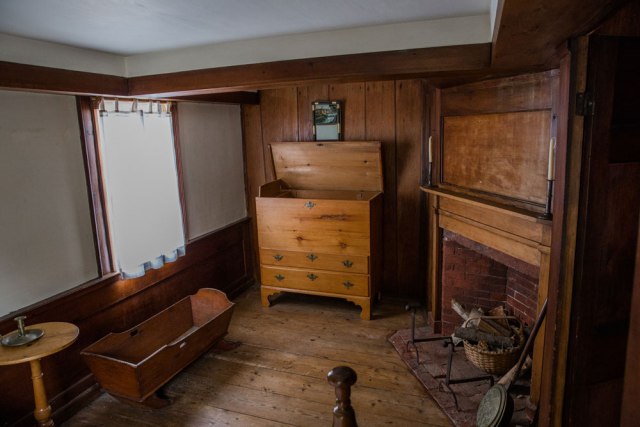
Unlike some other artisans in his day, Fisher viewed his time in his shop as a relief from the pressures of life. Fisher’s son, Josiah, recalled of his father, “All of his amusements (if they could be called such) and all his relaxations from study were of such a nature as to leave him free, in great measure, for those trains of thought which lifted him above the fatigues of earth. He could resort to the artist’s pencil and forget all of his perplexities… or indulge his mechanical taste at his bench or lathe. Thus, with his own hands, he made all the frames, sash, doors and wainscoting of his dwelling.” He found great satisfaction in working with his hands. On one occasion he wrote, “While my hands were occupied in needful labor, I was led to exclaim in heart, hands, what a blessing they are when employed aright.”
Jonathan Fisher was a fascinating artisan. I can’t wait to share this research with you. Because I’ve been focused on finishing the manuscript, I haven’t been able to blog much about it until now. If you’re curious, though, I have been leaking tidbits on Instagram here.
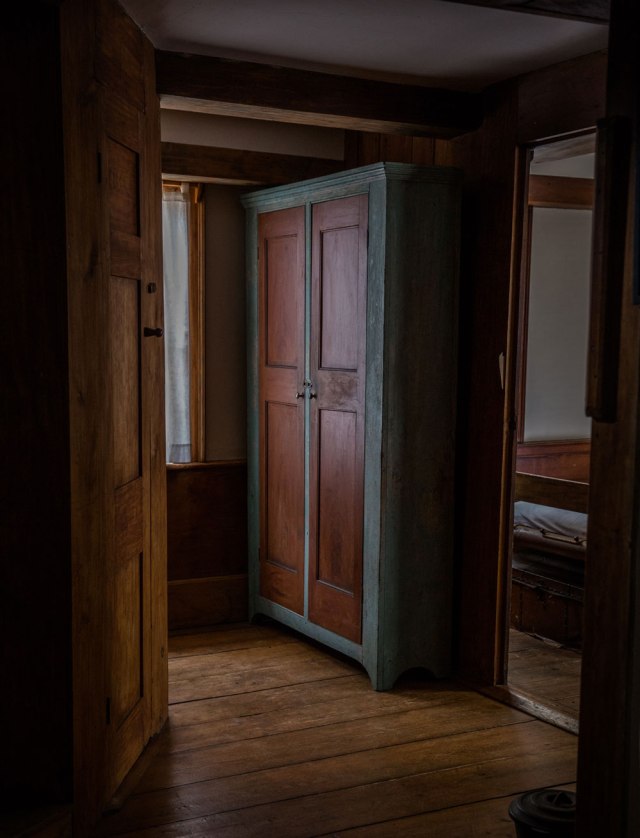
The past couple weeks, I’ve been sorting through thousands of photographs and writing captions. Even though having the photos helped guide the manuscript, I discovered during the writing process that sometimes I still didn’t have the exact shot I needed. Narayan Nayar warned me about this. Fortunately, I still have my camera and my key to the house so capturing what I need is not a problem.
I have just about all the photographs selected and am now finishing up their captions. After that, I’ll polish off Chris’ minor re-write recommendations. Good progress has been made and I expect to hand it off to Chris for his final edit by the end of the month.
— Joshua Klein, Mortise & Tenon Magazine